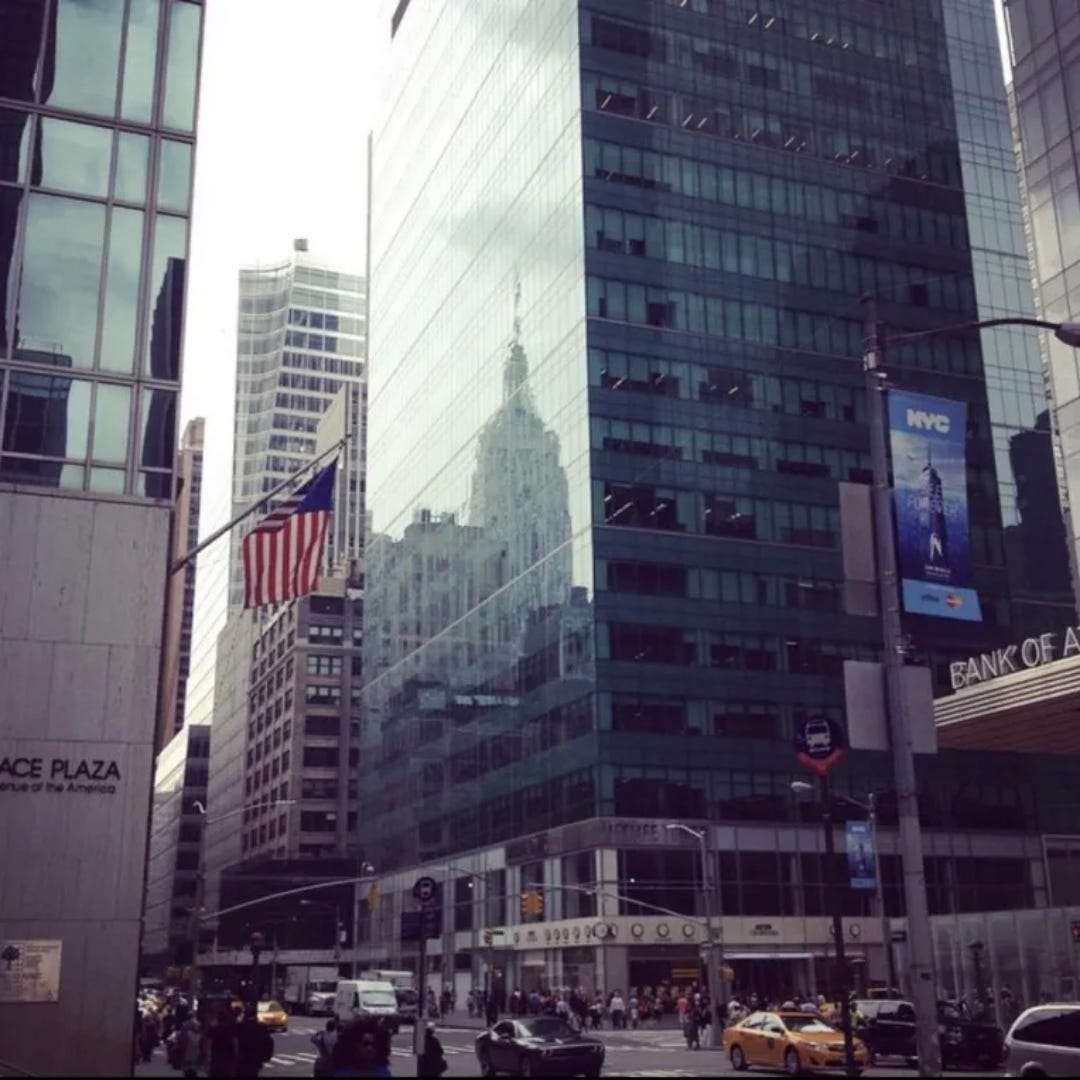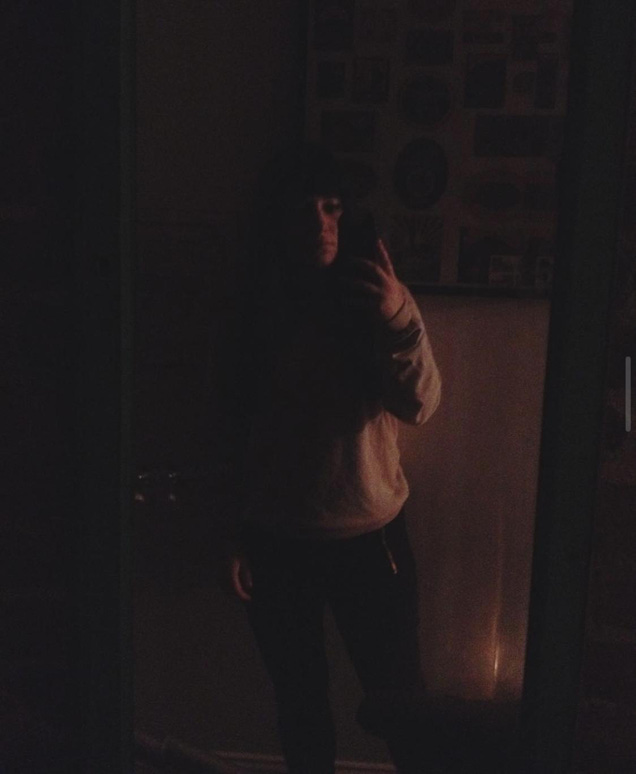“It was a queer, sultry summer, the summer they electrocuted the Rosenbergs, and I didn’t know what I was doing in New York. . . . New York was bad enough. By nine in the morning the fake, country-wet freshness that somehow seeped in overnight evaporated like the tail end of a sweet dream. Mirage-gray at the bottom of their granite canyons, the hot streets wavered in the sun, the car tops sizzled and glittered, and the dry, cindery dust blew into my eyes and down my throat.”
The Bell Jar by Sylvia Plath opens with this sentiment from the protagonist Esther, and upon a first reading, I was enticed by the darkness juxtaposed against a familiar backdrop. Like Esther, I had entered it all headlong: the pulsing city, sticky with humidity and vibrating with the summer. No hesitancy, just pure feeling that this was the way home fit now. I was twenty-four and had moved from a rural town in Ohio into upper Manhattan. A sleepy farm town, though beautiful, could not contain the dreams I had for myself. I raced away without looking back.
I remember one of the early days, the rose-colored days—taking the train downtown, at one of the above-ground stops: The sun was setting over the Hudson River, Lana Del Ray hummed through my headphones. New York was promising and new and romantic all at once. Perpetual newness to keep the ache at bay.
“I also had a dim idea that if I walked the streets of New York by myself all night something of the city’s mystery and magnificence might rub off on to me at last.”
The Bell Jar found me the summer after grad school when I was working for a fashion archive in midtown. The book had been recommended in a graduate class for Plath’s acute attention to detail when describing clothing.
“I stood quietly in the doorway in my black sheath and my black stole with the fringe, yellower than ever, but expecting less. ‘I am an observer,’ I told myself, as I watched Doreen being handed into the room by the blond boy to another man, who was also tall, but dark, with slightly longer hair. This man was wearing an immaculate white suit, a pale blue shirt and a yellow satin tie with a bright stick pin. I couldn’t take my eyes off that stick pin. A great white light seemed to shoot out of it, illuminating the room.”
I sunk into the book’s pages each time I opened it on the subway, feeling a familiar numbness. How reasonable it seemed for Esther to descend into her mental crisis. Her bell jar, as she described it, trapped her in her own “sour air.” I drank in the story, set against the glamorous background of New York and littered with lush descriptions of clothing and beauty, all the while feeling a hollowness in my gut, one I didn’t try to understand. I merely enjoyed the comfort of the protagonist in her despair, knowing I wasn’t alone.
Admittedly, Esther’s attempts at ending her own life disturbed me. But simultaneously, I felt a similar ache at being alive, at navigating the grind that was living and trying to love in New York.
At the start of grad school I had been dating someone. Our relationship seemed lovely on the surface. He was accomplished for his age and my own accomplishments weren’t anything to overlook. It was my first serious relationship, and in it I projected my many hopes and dreams for a partner. But certain realities hid below the surface that I denied to myself.
We would often meet at Lincoln Center for dinner after class or to chat after a long day. These meetings were frequent when I first moved to the city, but as time went on, it was harder and harder to schedule spontaneous dates. I’d receive a message that he had to hunker down on a paper only to see he’d been out with friends on social media. He became blunt with me—about my intelligence, my weight, who he thought I should befriend.
When I didn’t do something he liked, a breakup began to mount. In my naivete, I did whatever possible to maintain the relationship, which often meant hiding its uncomfortable reality from friends. It was easy to hide what happened in private: An assemblage of words unspoken, or words mounted with precise venom. There was distance, gradual, then sudden, a punishment of maddening degrees. There were secrets kept for months. And there was forcefulness in taking what he wanted.
“And I knew that in spite of all the roses and kisses and restaurant dinners a man showered on a woman before he married her, what he secretly wanted when the wedding service ended was for her to flatten out underneath his feet like Mrs. Willard’s kitchen mat.”
The most startling moment struck like a clear, high note: He called me out of the blue on a Sunday morning. If I got pregnant, he said, I should end it or keep it a secret. By the time I started reading The Bell Jar my relationship had been over for six months, maybe seven. At the time, I wasn’t self-reflective enough to see the mirror the book had become for me and only interpreted my feelings toward it as love for something for its own sake. But I read it hoping that Plath’s words with dark edges would make me hard and strong.
Sorrow followed me for a year. My love of clothes felt like a double-edged sword. I began to shop to fill a void. I struck up an unwise flirtation with an old friend from college. Real healing only began after one particularly tumultuous weekend, as a mentor urged me to press into my faith anew. It felt sudden and momentous—a conviction of deed, and a freedom to choose to live in a way that no longer hurt.
Graciously, Plath did not leave her character to rot in an asylum but instead allowed her to heal and take steps towards a new life.
“My stocking seams were straight, my black shoes cracked, but polished, and my red wool suit flamboyant as my plans. . . . There ought, I thought, to be a ritual for being born twice—patched, retreaded, and approved for the road. . . . The eyes and the faces all turned themselves toward me, and guiding myself by them, as by a magical thread, I stepped into the room.”
This magical thread, mentioned only at the end of Esther’s story, illustrates a guiding force in her life and my own. This guidance was not clear to me in my bad relationship, but the tiny grasp I had on my faith and the ability to be honest in a vulnerable moment lead to bigger and truer love and safer relationships.
So I did not stay in that low place, under my own bell jar. A year after I read Plath’s classic, I accepted a position at the Costume Institute at the Metropolitan Museum of Art, a once-in-a-lifetime opportunity. I met my future husband days after beginning. I found and solidified friendships that would create echoes in my life as I changed jobs, states, homes, and circumstances. That thread continues to guide me now, many years later. The bell jar that threatened to engulf me then attempts to enclose me over again from time to time. But I can see clearly in the mirror where I’ve been.






